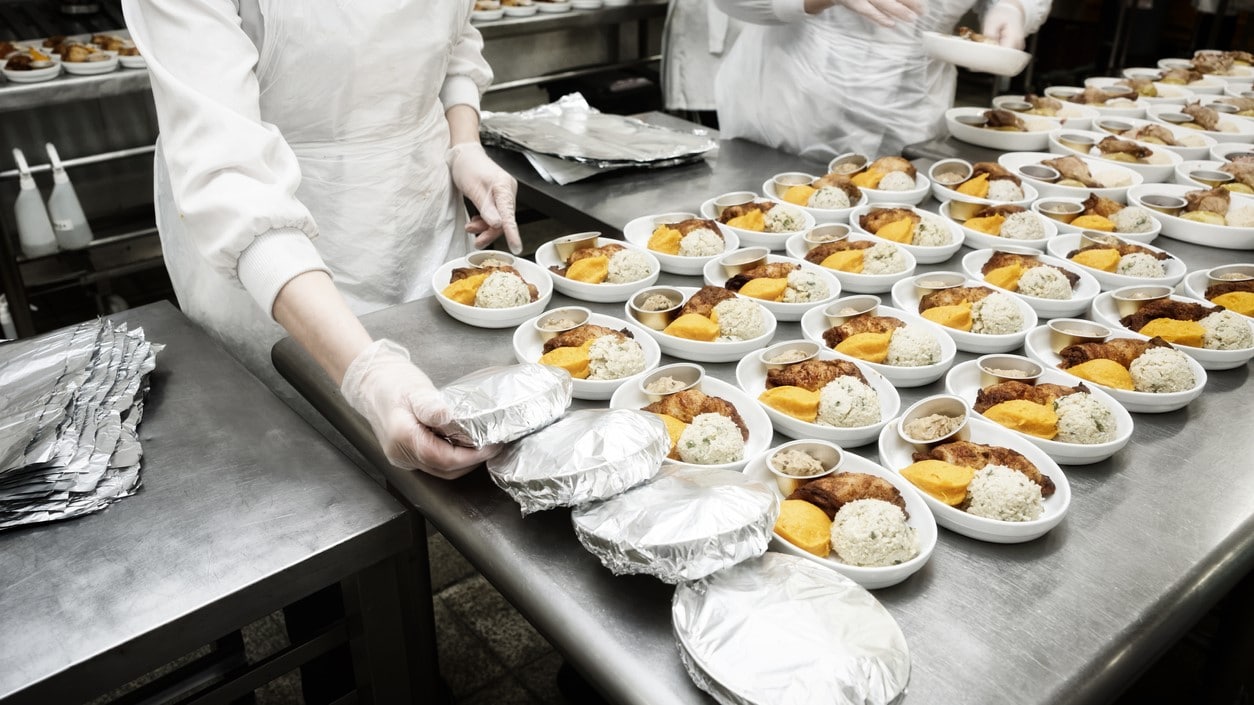At a glance
Production data, which are part of food service business practice, may be used to evaluate whether the foods served meet the food service guidelines. These data can be a proxy measure for sales of healthier and less healthy entrées and side items.

Introduction
Production data reflect the number of menu items prepared, used, and discarded on a given day. For example, these records document how many trays of specific entrées and side dishes were prepared, were served, remained, or were discarded. They are used to measure waste and forecast how much of a food item to prepare when served again. With the cooperation of food service managers, you can use production records as a proxy measure for sales of healthier and less healthy items.
For ideas about healthier options, see The Food Service Guidelines for Federal Facilities.
Advantages
Production data measures amounts of menu items prepared and sold during specific time periods. This is different than measuring the raw ingredients procured over a larger time interval.
Production records may offer more specificity than point-of-sale data for entrées and side dishes. This is because production records can include information on healthier and less healthy offerings.
Production data may be the only way to measure the healthfulness of foods selected from a salad bar. This is because salad bar sales are usually recorded by weight and not by the specific item selected.
Disadvantages
Production data may not be consistently recorded. Also, production data may not be retained electronically over time.
If standardized recipes are not used, then information on healthier and less healthy foods may not be accurate.
More information on data types
Next steps
Return to "Building Blocks"
Use the "Building Blocks of Food Service Guidelines" to navigate to other parts of the Food Service Guidelines Implementation Toolkit.






